Is your book worthy of the ad budget you’re about to spend?
Nothing burns through ad dollars faster than trying to sell a book that no one wants to buy. But even if the story is great and an author has done everything right inside their book, that doesn’t necessarily mean they haven’t gone completely off the rails on everything else. And unfortunately, it’s the ‘everything else’ that drive readers to click the buy button. In this next installment of Ginger’s continuing series on turning your writing dreams into a reality, he dissects one of his early publications in which he made just about every mistake possible, all so that you can learn from his missteps instead of making them on your own!
The question I get asked most often by other authors is: “How can I advertise my book?” The more important one can sometimes be: “Should I advertise my book?”
So, you want to be a successful author – and you’re smart enough to know that Amazon’s Kindle marketplace has become ‘pay to play.’ Unless you can get your book in front of potential readers on the bestseller charts or the Sponsored Content ribbon, you’re chances of making it big are slim.
But before you jump into advertising, there’s a process you need to go through – and it’s uncomfortable, humbling, and not that many writers are brave enough to do it.
You have to decide if your book is worth advertising.
I mean, it is. It absolutely is. However many weeks, or months, or years you’ve put into writing this book deserve to be rewarded with success…
…however, in its current form your book might not be ready to advertise.
I’m here to talk you through this process, because it’s the foundational step to any successful self-publishing career. What you’ll learn by the end of this will position you to make your dreams of being a successful writer achievable.
I learned the hard way.
Before we begin, let me tell you a little about myself – so you know why I’m worth listening to.
I’ve wanted to be a writer since I was nine years old. At twelve, my parents bought me an electric typewriter, upon which I wrote my first “novel” called Kidd Rockson, Private Eye. For the following twenty-five years, I worked hard to become a writer – publishing articles in magazines as eclectic as Hustler Fantasies and Renaissance Faire Magazine. I amassed enough rejection slips from traditional publishers to wallpaper my bedroom with.
It wasn’t until I started self-publishing on Amazon in 2013 that I realized the dream could come true – and it wasn’t until 2018 that I woke up one morning, double clicked on Book Report, and realized that I’d inadvertently published my first best-seller.
I was like the lead characters of The Producers: “Where did I go right?”
Well, it wasn’t a mystery. It wasn’t luck. It certainly wasn’t talent. It’s just that I’d published the first book that people really wanted to buy; and I’d learned what I’d needed to in order to let enough people see it.
From then on, it became a repeatable process. Not every book I published since was as successful as that one, but I’d learned to not have any duds – and when you’ve managed to create a product that people want to buy, advertising becomes easier and easier to get right.
The Lemon
During the twenty-five years in which I struggled to achieve writing success, I built a career for myself in advertising – and I think that’s what gave me an advantage when it came to marketing my books.
The first and most essential rule of advertising is: If people don’t want to buy your product, it doesn’t matter how much money you spend advertising it.
The process with which I advertised my first best-seller was no different to how I’d advertised the three books prior to that; except this one was a book people wanted to buy.
Once you’ve got that, you can start to worry about how to advertise. You’ve got to walk before you can run.
To show you what I mean, let me give you an example I published last September. It was the first romance novel I ever published under my own name, and its success was… underwhelming.
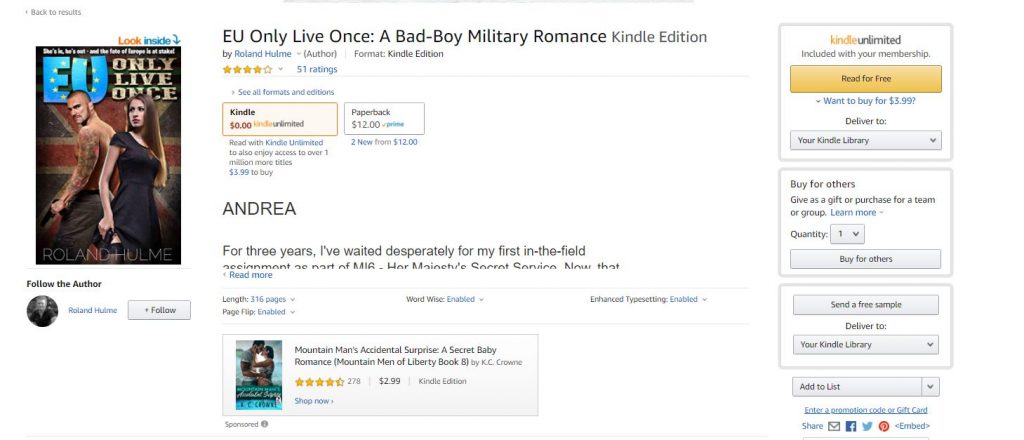
I wrote this book because I wanted to write something about Brexit under my own name – and while it’s far from a bad book, I was never really invested in it becoming a commercial success as it was more about taking the first step to publishing under my own name.
That’s why it exists the way it does – and why it’s the perfect example of what not to do.
Let’s break down what’s wrong with my book – and you can use this process to review your own book.
The Concept
Before you worry about the cover, the blurb, the reviews, or anything else – just think about the concept of your book.
This one is bad. Here’s why:

It’s the British equivalent of writing a romance novel about a vehement Trump supporter and a super liberal Black Lives Matter activist falling in love, which might sound like a good idea – but makes either the hero or heroine instantly unattractive to half of the readers.
Add in the fact that most people in the United States – my largest market – couldn’t give a stuff about Brexit, and it’s a recipe for indifference.
Then, like the cherry on top of a dumpster fire, I gave it a title which is an obvious spoof on a James Bond reference. With a couple of exceptions like Austin Powers and Johnny English, this has been proven to elicit nothing but a resonant ‘meh’ from potential readers.
So even before you look at anything else, you can see that I’ve angled and marketed this book entirely wrong.
But here’s the thing!
The book isn’t wrong. In fact, the book’s quite good. In fact, Brexit has very little to do with it, and it’s a second-chance romance between a broken-hearted combat veteran and a tough, sassy half-German secret agent. It’s a good book.
Chances are, your book might be good, too – but nobody’s going to know that unless you get them to read it! So think very hard about the way you’re framing the story and concept of your book and see if you can improve it.
For me? I popped over to the Romantic Suspense category on Amazon (which is undeniably the appropriate category for my book) and looked at the titles and concepts there.
None of them were about Brexit.
What they were (and still are) about is troubled people falling in love, with the backdrop of adventure and intrigue.
Solution: If I changed the title of the book to something like “We’ll Always Have Paris” (a Casablanca reference, which conjures memories of second-chance romance) and pitched the conflict between my main characters as one of broken hearts and questionable choices – rather than politics – the entire concept of the book is reinvented and reframed without me having to change a line from the manuscript.
The Cover
Obviously, if I’m going to change the title of the book, I’ll have to change the cover – but let’s face it, I’d have had to do that anyway.
I mentioned earlier that the only way to get your book noticed on Amazon is to have it ranking in a book category (like Romantic Suspense) or have it featured on a paid Sponsored Content ribbon. At that point, you need to get people to click on it.
This is where you need to start thinking like a reader, not an author. As authors, we get very attached to our book covers – but that isn’t the same for potential readers. As I’ve mentioned before, there is almost a formula to how book covers in the Top 100 charts appear, and it serves as a template for how your book cover should look if you want to be included among them.
I did a snapshot of the Sponsored Content ribbon from a recent #29 charting book in Romantic Suspense, Storm by Janie Crouch.
I then photoshopped my own book cover in among them. What does it look like there?

It looks incongruent – like almost what the word incongruent was invented for. The lack of sans serif font, the muted colors, and the way the hero and heroine appear on the cover looks nothing like any of the books featured alongside it – and that’s why people wouldn’t click on it.
Book covers are almost like gang tattoos – they’re a sign of allegiance to a genre or category of books. An author who knows enough to design a cover that looks like it belongs in Romantic Suspense is making an unspoken promise to the reader than their book reads like it belongs there, too.
The content of my book deserves to be included among the bestsellers of Romantic Suspense (even if I do say so myself) but the cover doesn’t make that same promise, and that’s why there’s no point advertising this book – because people wouldn’t click on it!
Solution: I need to redesign the cover to better fit the conventions of the genre I’m trying to succeed in. Maybe a single, bare-chested man in the cover, and bolder, white, sans serif titling.
The Product Page
If your concept and cover have been adjusted correctly, your book is now something that potential readers might be lured into clicking on when they see it featured.
The next point of contact is the product page – where they’ll find the information which will make them decide whether or not to buy your book.
As I’ve said before, it’s all about the conversions. This is the thing you have to get right.
If you’ve lured a reader to your product page through advertising, it’s cost you money. The only way you can ever see that money back is by getting them to buy your book. For that reason, you have to make sure everything about your product page is as attractive as possible.
The good news is that we’ve already tackled the cover, title, and concept of the book. If they’ve clicked on the ad, they’re already sold on those.
Now it’s time to sell them on the rest.
The Blurb
The first thing most potential readers will do is scan the blurb next – and this is another thing I’ve got badly wrong with this book.
Take a look at the product page.

I wrote my blurb in what was once a ‘classic’ romance style – the heroine has a paragraph, and the hero has a paragraph.
Then I went and made my headlines and titles all big and chunky.
The problem is, by doing so I’ve pushed the blurb below the ‘read more’ section, so there’s NOTHING to hook the reader in the blurb, and they have to take an additional step (clicking ‘Read More’) before they can get to the parts that might hook them. (Incidentally, I could have avoided this by using the Hidden Gems Blurb Previewer tool, as that would have shown me exactly what would be showing above and below that read more break, but in my defense I don’t think that tool was around back then!)
Since statistics tell us every additional click loses about 50% of potential buyers, this mistake meant I’m potentially halving my audience here.
Even if I hadn’t done that, the section of the blurb I’ve dedicated to Andrea isn’t nearly as compelling as the one I wrote for Rory; which makes him seem like a dashing, tortured romance hero who’s crazy about the heroine.
“Why did it have to be her? I could have handled being partnered with anyone but her.”
Solution: If I cut the ‘Andrea’ section of the blurb completely, and kicked off with the opening line of Rory’s section in regular, bold typeface, it would instantly serve as a better hook to encourage the readers to explore further.
The Reviews
Reviews are crucial for selling books on Amazon, but that doesn’t mean you have to necessarily go overboard.
If you go to the Top 100 of any category of books, you’ll see titles with thousands of reviews right alongside new titles with just 20 or 30 reviews. This is because there’s a desirable number of reviews (about 20, to provide ‘social proof’ that the book is readable) and it stops adding a huge amount of buy-ability thereafter.
So, making sure you get as many reviews on launch day as possible is important; but if you’re pursuing honest reviews (as you should), keep in mind that the more people that read it, the more likely someone won’t be a fan. But that’s okay. Having a few duds won’t hurt – in fact, research shows that a few poor reviews actually helps sales. Still, while 51 reviews and four stars on Amazon is enough social proof to indicate that people have read this book, I know I’d be more successful if I worked on getting better reviews overall.
The good news, though:
Solution: There is no solution for this. Reviews are reviews, and you’re responsible for them. Never blame anybody but yourself for bad reviews (unless they’re clearly trolls). Write the best book you can, every time you can, and take the criticism critically. The good news is that if you’ve earned the click that took a potential reader to your product page in the first place, they’ve already made peace with the number of reviews you have; and only when you have too many duds in there will it dissuade them from clicking ‘buy now.”
The Look Inside
You do have control over the Look Inside, though – and this is an often overlooked part of the selling process.
Amazon allows readers to see the first 10% of any book you might be considering reading; so you’ve got to make sure your first page wows potential purchasers.
If you can hook them with the first line, you’ve just got to reel them in the rest of the way; so make sure it’s worthy of the great lines of novel-writing history: The Best of Times…, Call Me Ishmael, or Last night I dreamt I went to Manderley again.
Solution: You can’t afford to have any formatting errors, typos, or mistakes. Keep clicking on that Look Inside and polish it until it shines. If you’ve lured a reader far enough that they click to read your first few pages, you’ve got your best shot to hook them into a sale. Make that first page explosive.
Price and Opportunity
From there, the last hurdle is simply getting your potential purchaser to click the ‘buy now’ button.
There are arguments to be made for having your book cheap ($0.99 books sell more than $3.99 books) or part of the Kindle Unlimited Program (from which I earn 80% of my revenue) but arguments also exist about keeping your book wide.
It depends on what your objectives are – but one thing is worth remembering: If you can lure a reader to your product page when your book is priced $3.99, it means they’ve already made peace with that price. The people who buy full-priced books are the ones you want to chase on Amazon; and it’s your responsibility to make sure your product page demonstrates that the price will be worth it.
Solution: Think about your objectives when it comes to pricing your book. For me, it makes sense to keep my book in the Kindle Unlimited program because Romantic Suspense is a category driven by KU page reads. If that’s not true of your genre, it’s okay to go wide. Just remember that your hours of hard work are valuable; so don’t ask for the moon, but don’t give your work away either. You deserve to get paid.
In Conclusion…
You have to take your ego out of the equation and go through all these steps before you should even think of trying to advertise your book – because it’s the only part of the advertising process you really have control over.
So many authors I’ve spoken to who argue “advertising doesn’t work” have never taken the time to look at why they’re not selling their books; or taken the grim responsibility of addressing their own shortfalls before they start blaming advertising.
Learn your genre, hone your craft, and make your product as sellable as you can. From there, successful advertising becomes a process, not a gamble.




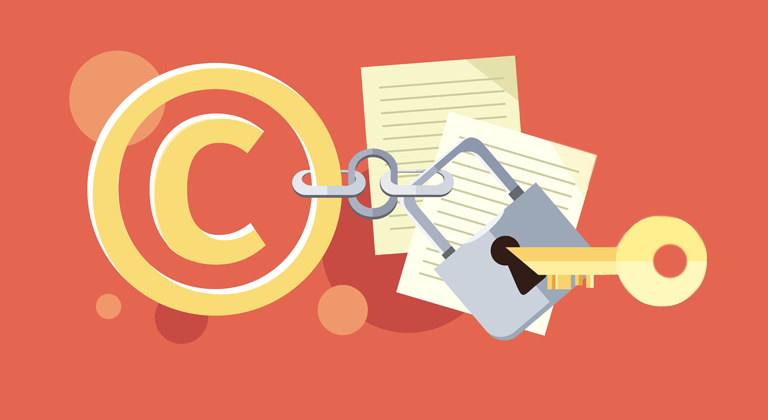


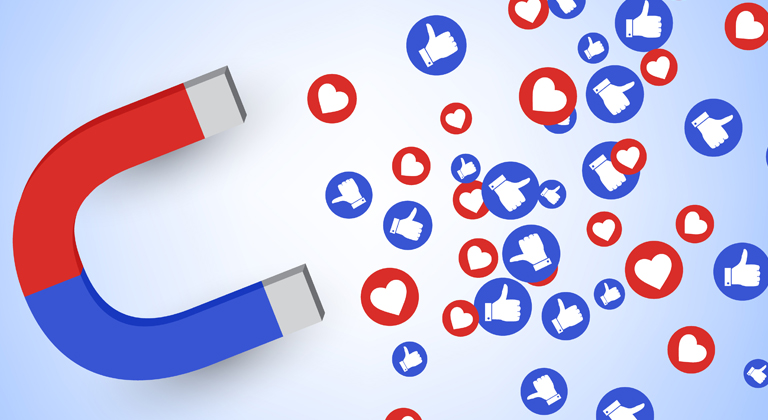
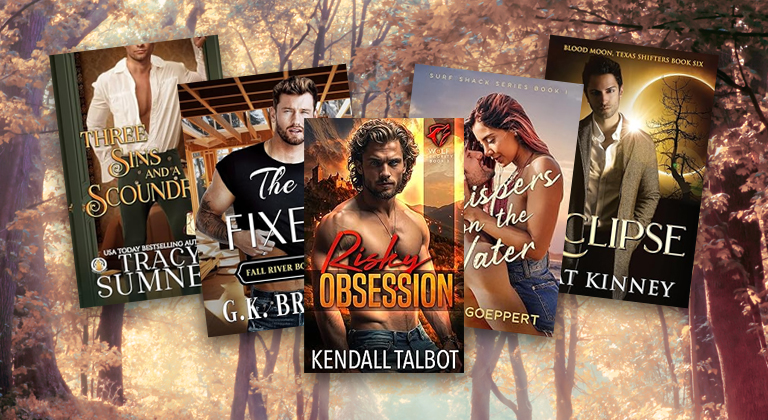
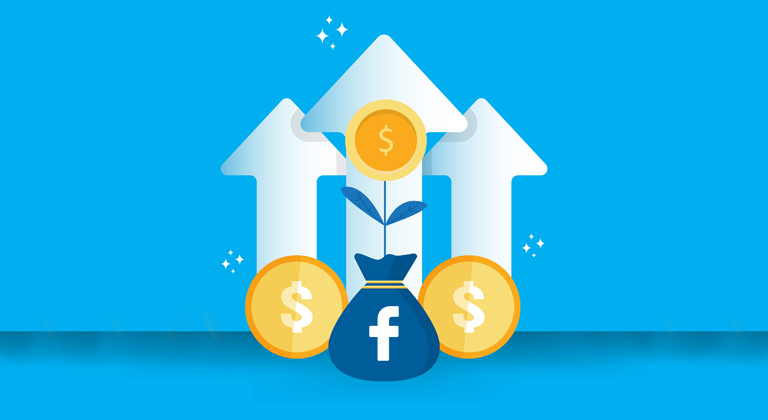
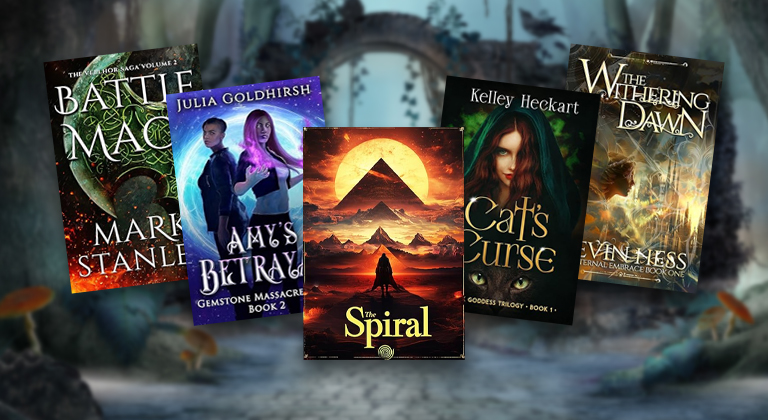
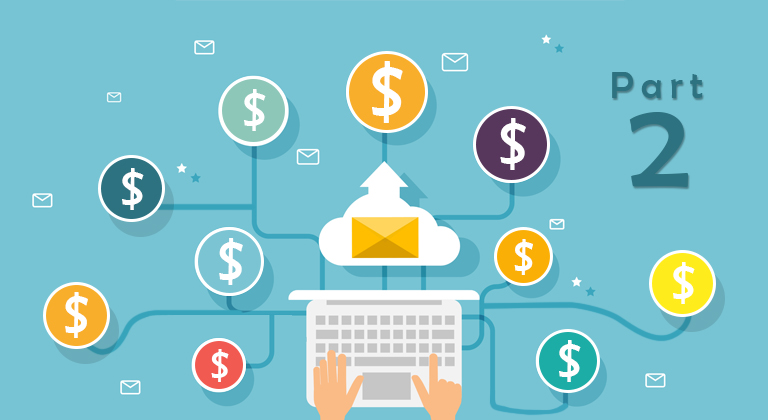
Thanks, Ginger. Excellent food for thought.